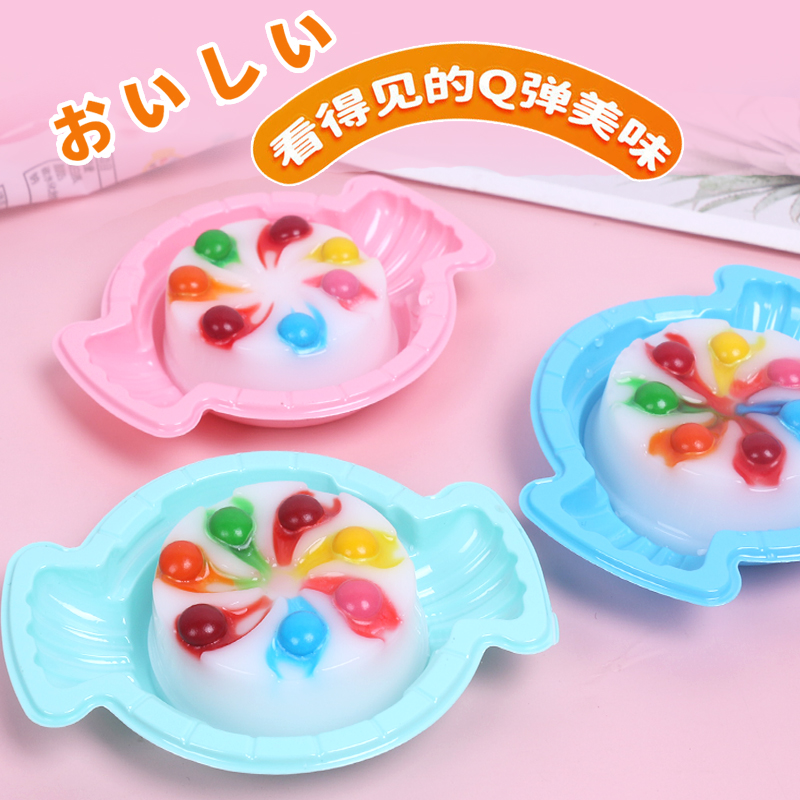The definition of children’s food should focus on the food products of people aged 0-13 in terms of product positioning, packaging design, including product taste, taste, shape, texture, marketing and communication. Specific children’s food products can be classified according to different age ranges, because there are certain differences between products and people aged 0-3, 3-6, 6-10 and 10-13.
From the perspective of physiology and psychology, children’s food has the basis of such category.
The World Health Commission defines that the early 1000 days of human life is a window period of growth and development opportunities. At this time, many things children eat will affect the future, including brain and body development, including chronic diseases. The incidence rate of this major disease is related to the actual intake of nutritional factors.
By the age of 5, children can basically complete 90% of the brain development, and by the age of 2, the completion rate of development is 75%. Therefore, it is necessary to provide children with sufficient and correct nutrition during this period.
In addition to nutrition, another important reason for children’s food is that adult food can not meet the needs of children well. First, the sterilization technology of traditional prepackaged food, such as high temperature and high pressure, destroys the trace elements in many foods and beverages, including protein. High temperature also denatures the protein.
Second, children eat less than adults, so they will have higher requirements for the nutritional density of food. Feeding children with limited food intake with this kind of food that may be damaged by many nutrients may lead to malnutrition.
Third, children’s demand for trace elements is greater than that of adults. These trace elements have a significant positive correlation with children’s physical and mental development, including psychological status and physical development.
Finally, children’s interest in food is mainly reflected in visual aspects, such as color and shape. Some experiments showed that two groups of children were divided into experimental group and control group. The experimental group ate this kind of bread with interesting shape, such as white bread, such as bear shape, fish shape, tree shape, which is very interesting shape anyway.
The control group ate ordinary square white bread. The children in the experimental group who ate interesting bread ate twice as much as those in the control group. This result is also more intuitive and can show that children also have requirements for food interest.
The above four points show that this adult food can not meet the needs of children well.
Post time: Mar-07-2023








